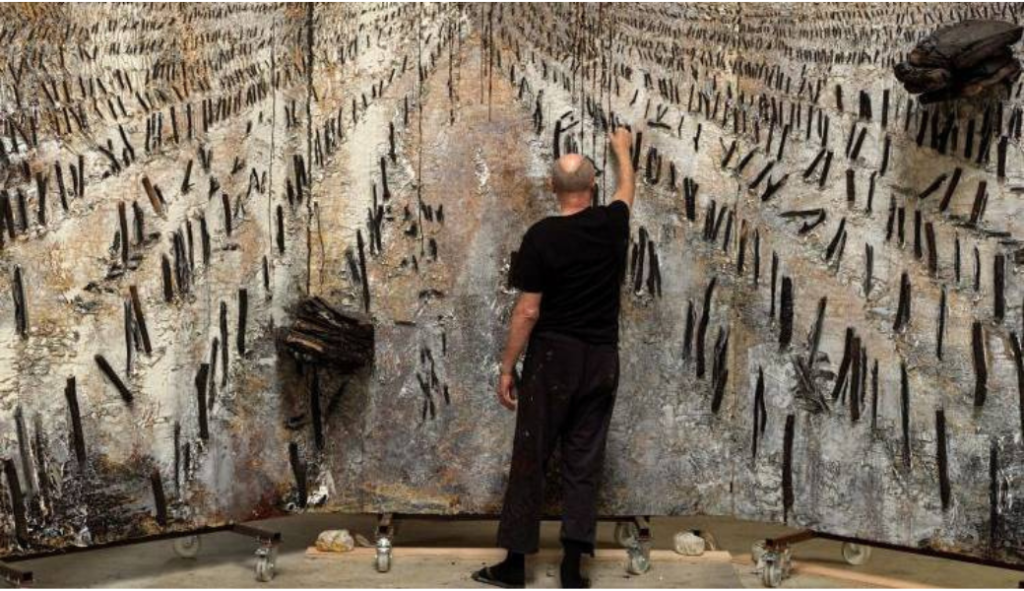As usual, Palazzo Strozzi opens a memorable exhibition this March 22nd, a tribute to one of the greatest masters of the 20th and 21st century art. We are talking about the Germain artist Anselm Kiefer, whose art offers deep introspection into the human condition, in a complex weaving of connections between the past, present and future.
Since his debut on the art scene in the late sixties, Anselm Kiefer is involved in an impactful, richly-layered work that explore themes of memory, myth, history, literature, and poetry. Every work of Kiefer expresses a refusal of limits—not only through scale and materiality—but also through the infinite richness of resources with which he probes the depths of memory and the past.
His contemporary works – new and historical – engage in a profound dialogue with the Renaissance architecture of Palazzo Strozzi, including a new work especially created for the palace’s internal courtyard.
From Germain to the world
Born in the same year as the end of the Second World War, that is, in 1945, Kiefer confronted the history of the Third Reich and addressed Germany’s post-war identity as a way of breaking the silence about the recent past and exploring his own identity and culture.
The artist received great international attention for his work when he represented West Germany alongside another renowned German artist Georg Baselitz at the 39th Venice Biennale in 1980.
Over the years, he incorporated into his work materials and techniques that are now emblematic – lead, straw, plants, textiles and woodcuts – as well as themes such as Wagner’s Ring Cycle, the poetry of Paul Celan and Ingeborg Bachmann, as well as biblical works, Jewish connotations and mysticism.
In the 90s he dedicated himself to exchanging thoughts between the Eastern and Western worlds, inspired by his travels through India, Asia, America and North Africa. Structures reminiscent of ancient Mesopotamian architecture feature in the work. Glimpses of southern French landscapes appear, highlighted by representations of constellations or the inclusion of plants and sunflower seeds.
A versatile artist
In addition to being talented, Anselm Kiefer’s versatility is undeniable. The artist moves between painting, sculpture, photography, woodcuts, artist books, installations and architecture. After converting an old brick factory in Höpfingen, Germany, into a studio, he created installations and sculptures that became part of the site itself. A few years after moving to Barjac, France, Kiefer once again transformed the property around his studio, excavating the earth to create a network of underground tunnels and crypts that connect to numerous art installations.
This studio is now part of the Eschaton-Anselm Kiefer Foundation, which is open to the public. The inauguration of the foundation in 2022 coincided with Kiefer’s return to Venice, where a cycle of paintings inspired by the writings of the Italian philosopher Andrea Emo was installed in the Doge’s Palace, exhibited alongside the biennale.

